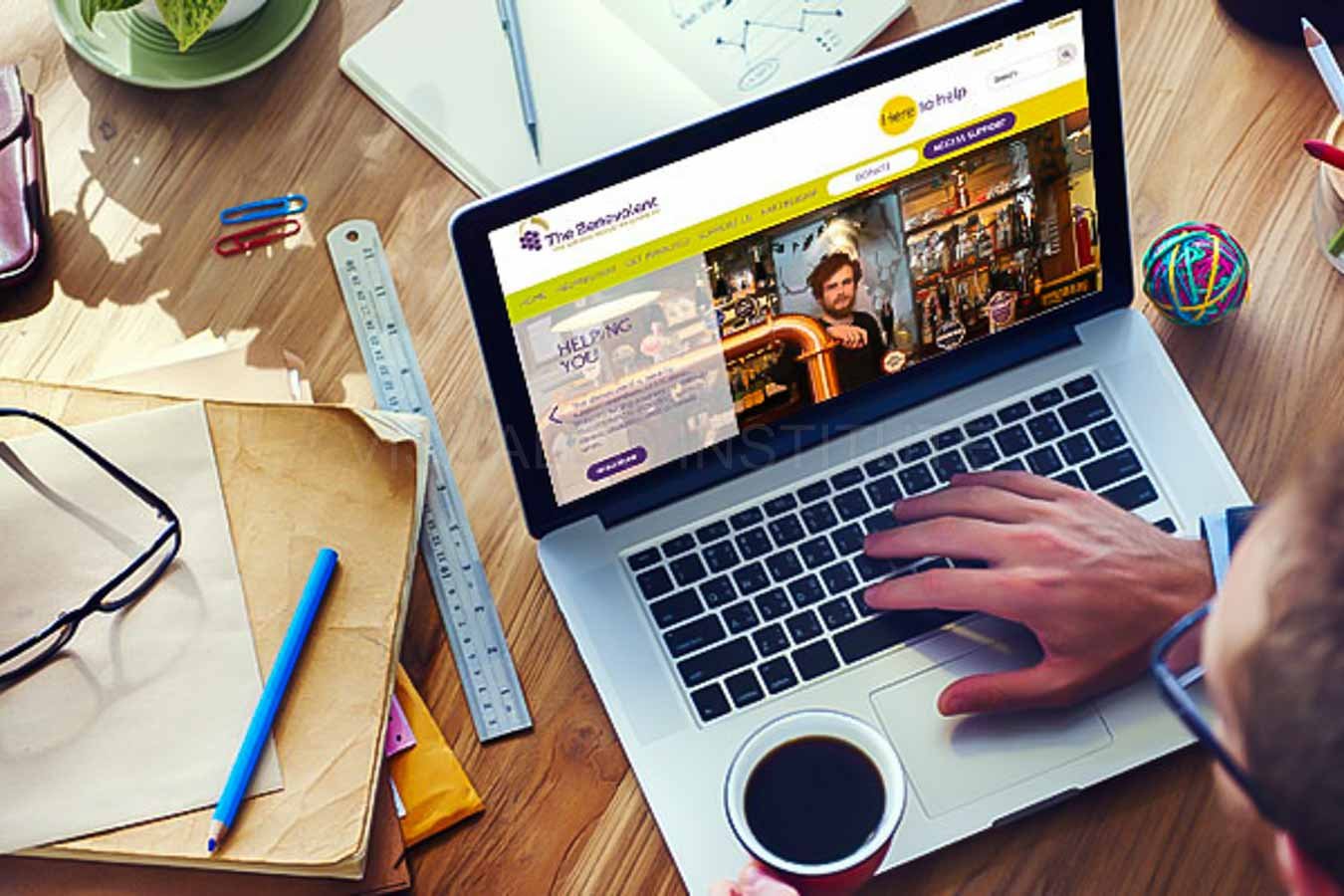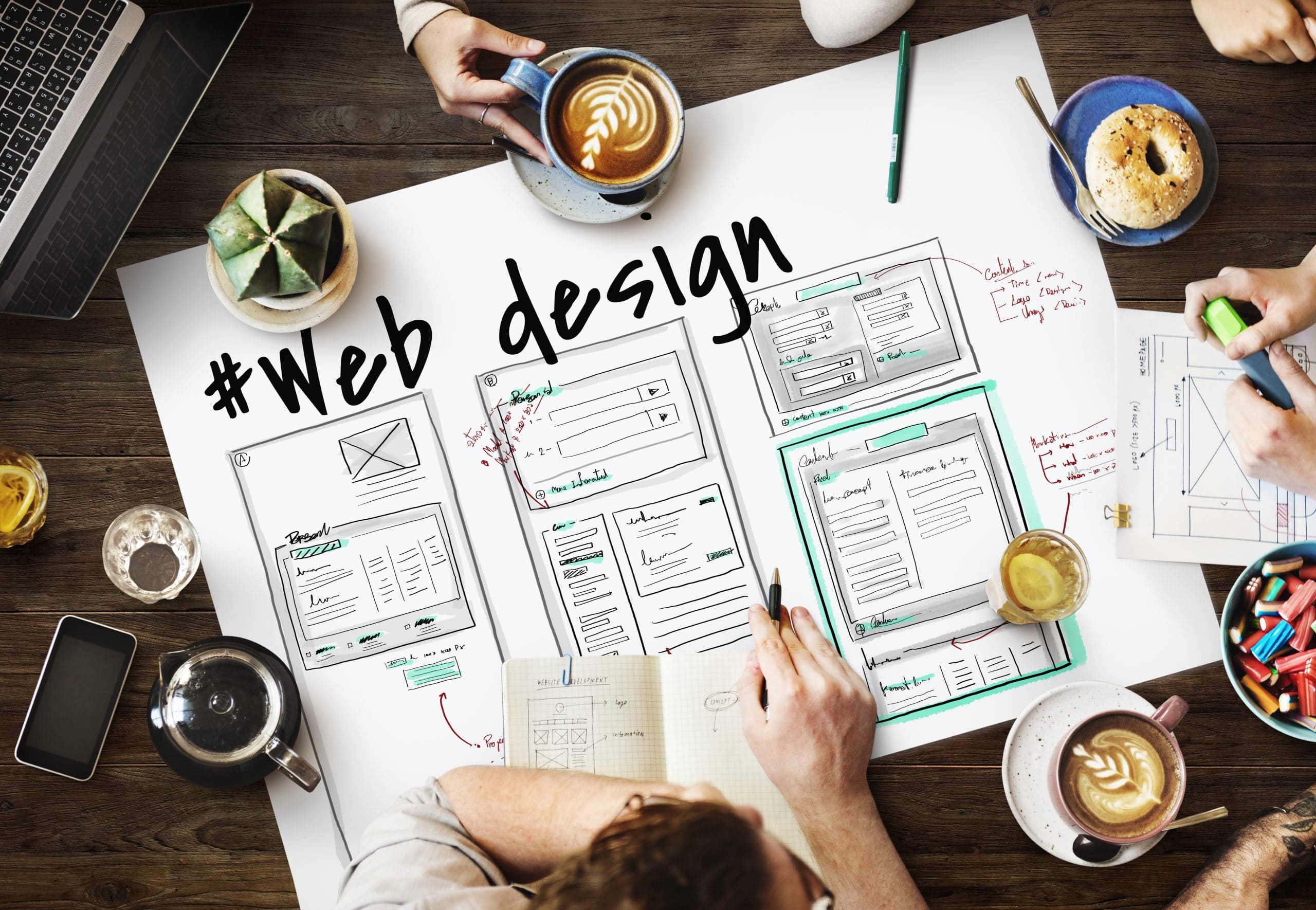Customized Aligned Position Web Design: Unique Web Designs That Reflect Your Brand’s Identity
Customized Aligned Position Web Design: Unique Web Designs That Reflect Your Brand’s Identity
Blog Article
The Very Best Kinds of Web Design to Enhance Customer Experience and Engagement
In the ever-evolving landscape of electronic communication, the effectiveness of Web design significantly affects customer experience and engagement. Different style approaches, such as minimal, responsive, and interactive designs, each deal one-of-a-kind advantages that can provide to varied individual requirements.
Minimal Website Design
As electronic landscapes become increasingly chaotic, minimalist website design has emerged as an effective technique to boosting customer experience. This style approach prioritizes simpleness, concentrating on necessary aspects while getting rid of unneeded diversions. By using ample white room, simple navigation, and a limited shade palette, minimalist layout promotes quality and directs individual interest to crucial content.
The core concept of minimal website design is to produce a smooth interaction for customers. By decreasing cognitive tons, individuals can quickly realize information without really feeling bewildered. This direct technique not just enhances usability however also urges interaction, as site visitors are most likely to check out a site that is simple and visually enticing to navigate.
Furthermore, minimalist style usually emphasizes typography and images, using these aspects purposefully to communicate messages successfully. In significance, minimalist Web design is not just a trend; it is a thoughtful methodology that identifies the value of user-centered style.
Responsive Website Design
In today's diverse electronic atmosphere, receptive Web design has ended up being essential for developing a smooth user experience across a wide variety of tools. As individuals accessibility web sites on smart devices, laptops, desktop computers, and tablets, the capability of a web site to adapt its design and material to different screen dimensions and resolutions is vital.
Receptive Web layout uses adaptable grids, pictures, and CSS media questions to make certain that Web content exists ideally, no matter of the gadget utilized. This method not just improves the visual charm of an internet site yet additionally substantially boosts functionality. Individuals are more probable to involve with a site that offers a constant experience, as it eliminates the frustration of needing to focus or scroll excessively.
Moreover, online search engine, including Google, focus on mobile-friendly websites in search rankings. By taking on receptive design, businesses can enhance their visibility and get to a broader audience. This strategy likewise streamlines site upkeep, as a solitary version of the website can satisfy all gadgets, minimizing the demand for several versions. In summary, receptive Web style is a fundamental practice that boosts individual experience, engagement, and general satisfaction.
Interactive Web Design
Receptive website design prepares for boosting individual experience, however interactive website design takes this an action better by engaging customers in an extra vibrant method - Aligned Position Web Design. By incorporating elements such as computer animations, clickable models, and real-time comments, interactive Web design mesmerizes customers, attracting them into a richer browsing experience
This approach not only promotes involvement but likewise motivates customers to check out material proactively instead of passively consuming it. Strategies such as gamification, where customers gain benefits for completing jobs, can dramatically enhance the moment invested in a site and boost general fulfillment. In addition, interactive functions can simplify complicated info, making it more pleasurable and absorbable.

Incorporating interactive style aspects can also cause higher conversion rates, as customers are much more likely to engage with a website that proactively entails them. Aligned Position Web Design. Eventually, interactive website design transforms individual experiences right into remarkable trips, making sure that visitors return time after time
Flat Design
Identified by its minimalistic method, level layout highlights simpleness and performance, stripping away unneeded aspects and focusing on crucial features. This layout viewpoint prioritizes functionality, ensuring that users go to this web-site can browse interfaces effortlessly and effectiveness. By using a tidy aesthetic, flat layout eliminates the mess often found in more luxuriant designs, therefore boosting individual focus on material and functionality.
The hallmark of level layout depends on its use strong colors, easy typography, and geometric shapes. These components add to an aesthetically attractive interface that is both modern and friendly. Furthermore, flat layout fosters a feeling of clarity, permitting customers to determine vital actions and information without distraction.
Additionally, level layout is especially reliable in responsive Web style, as its simpleness translates well throughout numerous devices and display dimensions. By focusing on vital attributes, flat style not just meets individual demands yet also motivates smooth interaction, making it an important part of effective Web style strategies.
Flexible Web Design
Flexible Web design personalizes the customer experience by creating several dealt with layouts tailored to different screen dimensions and devices. Unlike receptive layout, which fluidly readjusts a solitary layout, adaptive design employs distinct layouts for particular breakpoints, making sure optimum discussion on numerous systems. This approach allows developers to concentrate on the one-of-a-kind qualities of each gadget, enhancing usability by providing exactly what individuals need based on their context.
Among the main benefits of adaptive Web style is its capacity to maximize load times and efficiency. By offering customized material and pictures that fit the individual's gadget, sites can lessen data usage and boost loading speeds. This is especially valuable for individuals with slower links or limited data plans.

Furthermore, flexible style helps with a more constant and regulated branding experience. Considering that developers create several formats, they can make sure that the visual components align with the brand's identity across various platforms - Aligned Position Web Design. This results in a natural customer experience, enhancing involvement and advertising user retention
Final Thought
Finally, the integration of minimalist, receptive, and interactive website design principles significantly enhances individual experience and involvement. Minimalist blog style cultivates quality and focus, while receptive design makes sure flexibility across numerous gadgets, promoting ease of access. Interactive layout astounds users through dynamic elements, encouraging exploration and personalization. Collectively, these design approaches add to find out the creation of easy to use settings that not just enhance complete satisfaction but likewise drive higher conversion rates, emphasizing their critical importance in modern Web design methods.

Minimal design cultivates clearness and focus, while receptive layout ensures versatility throughout different tools, promoting availability. Jointly, these style approaches contribute to the creation of straightforward environments that not only boost complete satisfaction yet additionally drive greater conversion prices, underscoring their critical importance in contemporary Web layout strategies.
Report this page